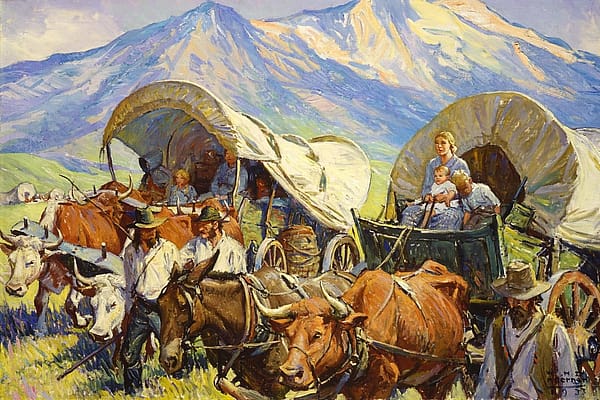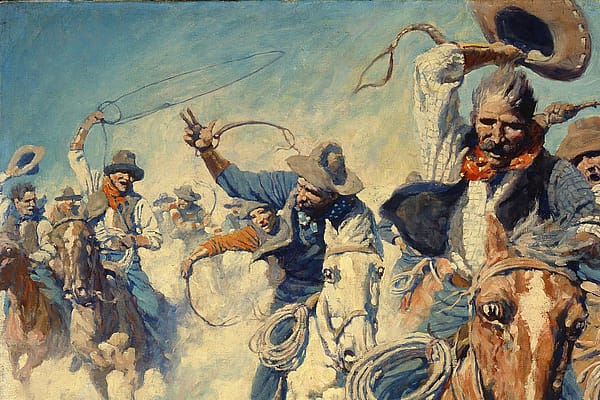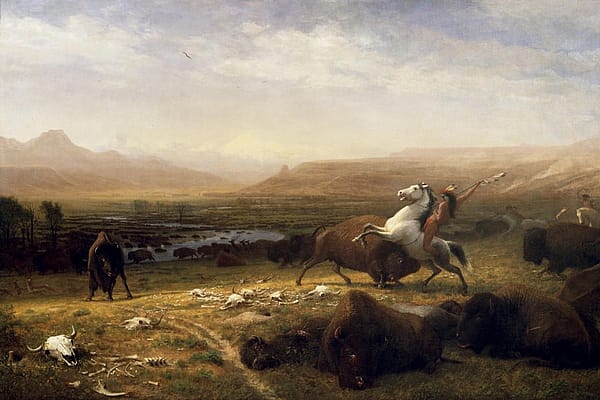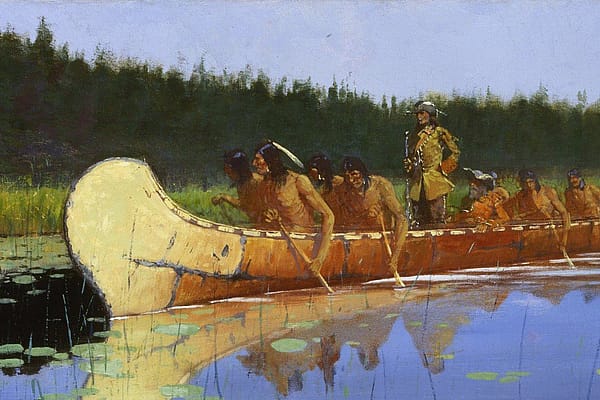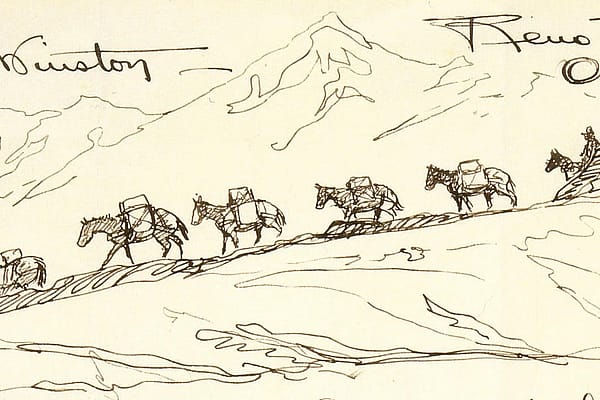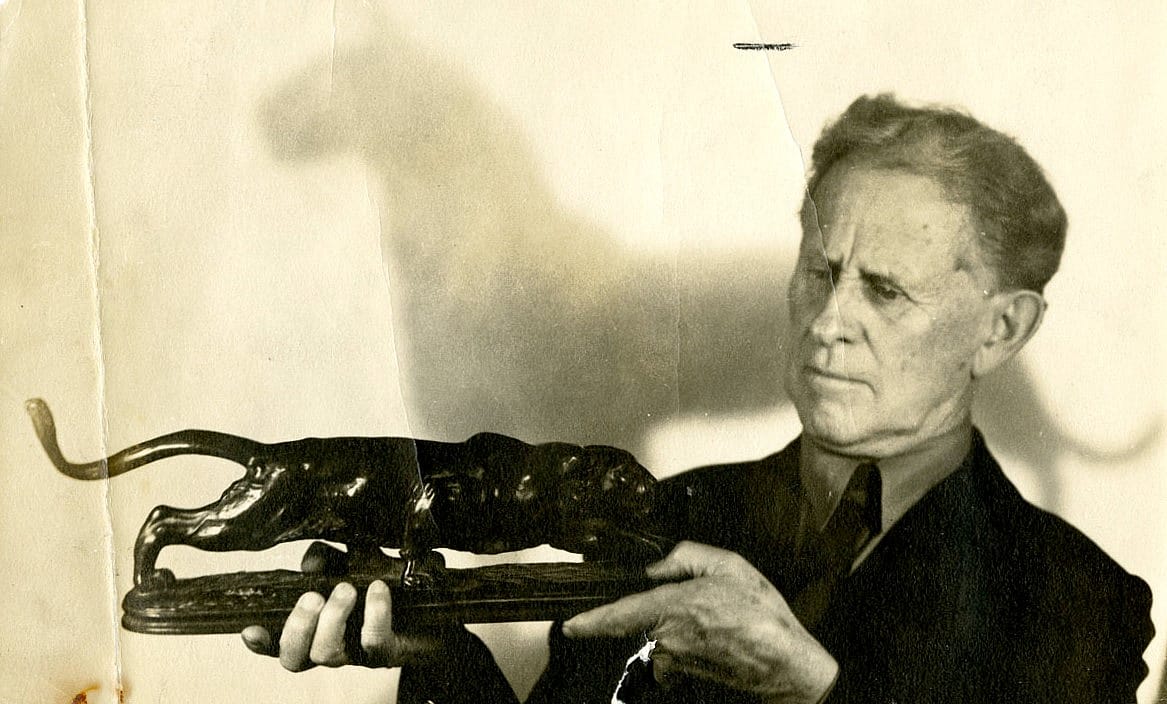
Everything You Need to Know About Alexander Phimister Proctor
You have questions about Alexander Phimister Proctor … we have the answers. Here’s everything you need to know about Proctor in a nutshell.
Q: What is Proctor best known for?
A: Alexander Phimister Proctor is best known for his bronze depictions of western and wildlife subjects and his public monuments. He created twenty public monuments throughout the United States.
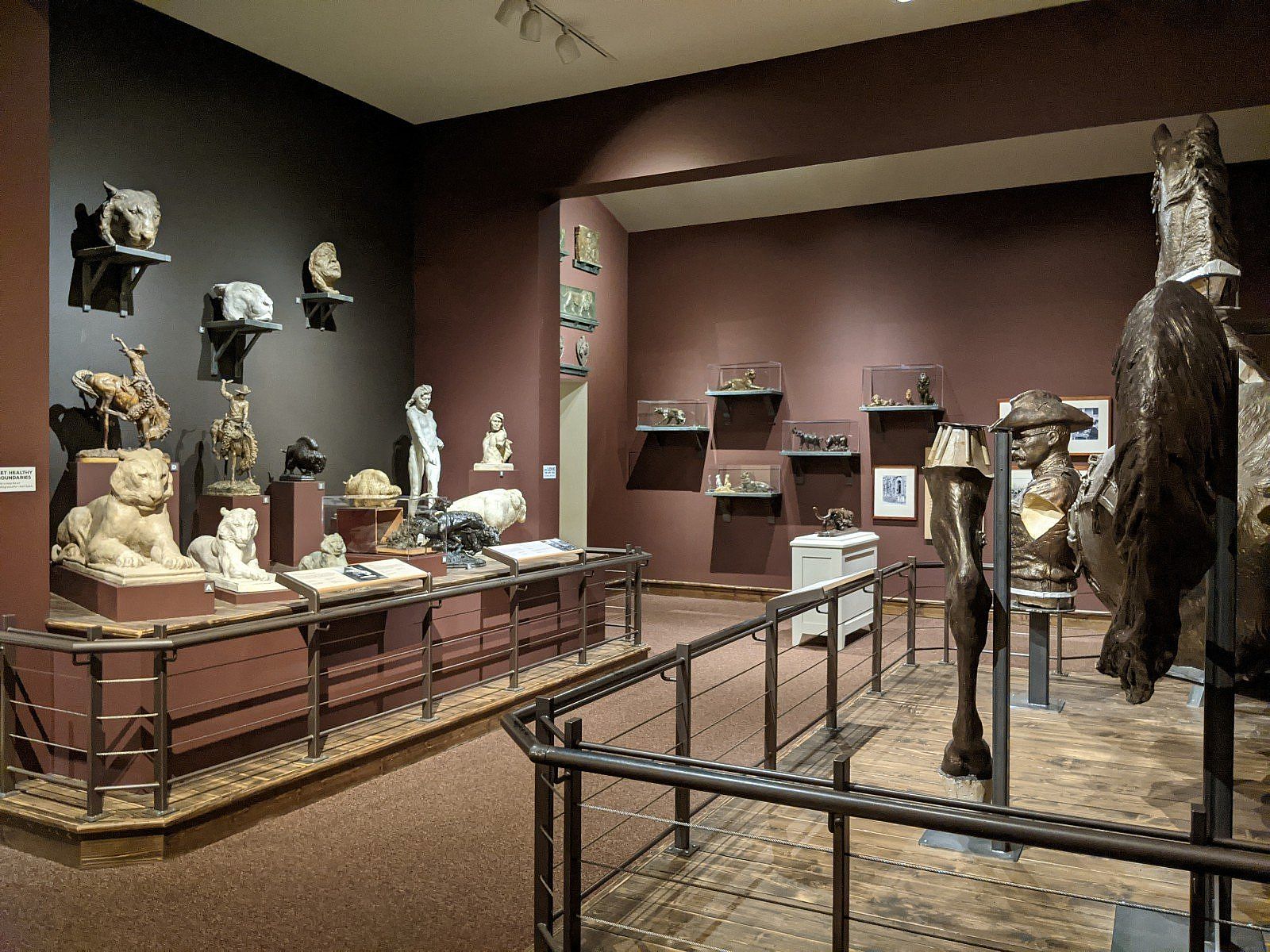
Q: How many Proctor works do you have in your collection?
A: The Whitney Western Art Museum contains in its holdings the Alexander Phimister Proctor Studio Collection. The Collection comprises of over 700 objects, including sketches, paintings, drawings, sculptures, molds, sculpting tools, etching plates, and more! The Studio Collection provides a rare glimpse into the artist’s working process. Thanks to the A. Phimister Proctor Museum with special thanks to Sandy and Sally Church, this generous gift can be enjoyed by all.
Q: When did Proctor begin creating monumental sculptures?
A: Proctor received his “big break” when he was invited to create life-size sculptures to decorate the grounds of the 1893 World’s Columbian Exposition in Chicago. It was this commission that pushed Proctor into monumental sculpture.
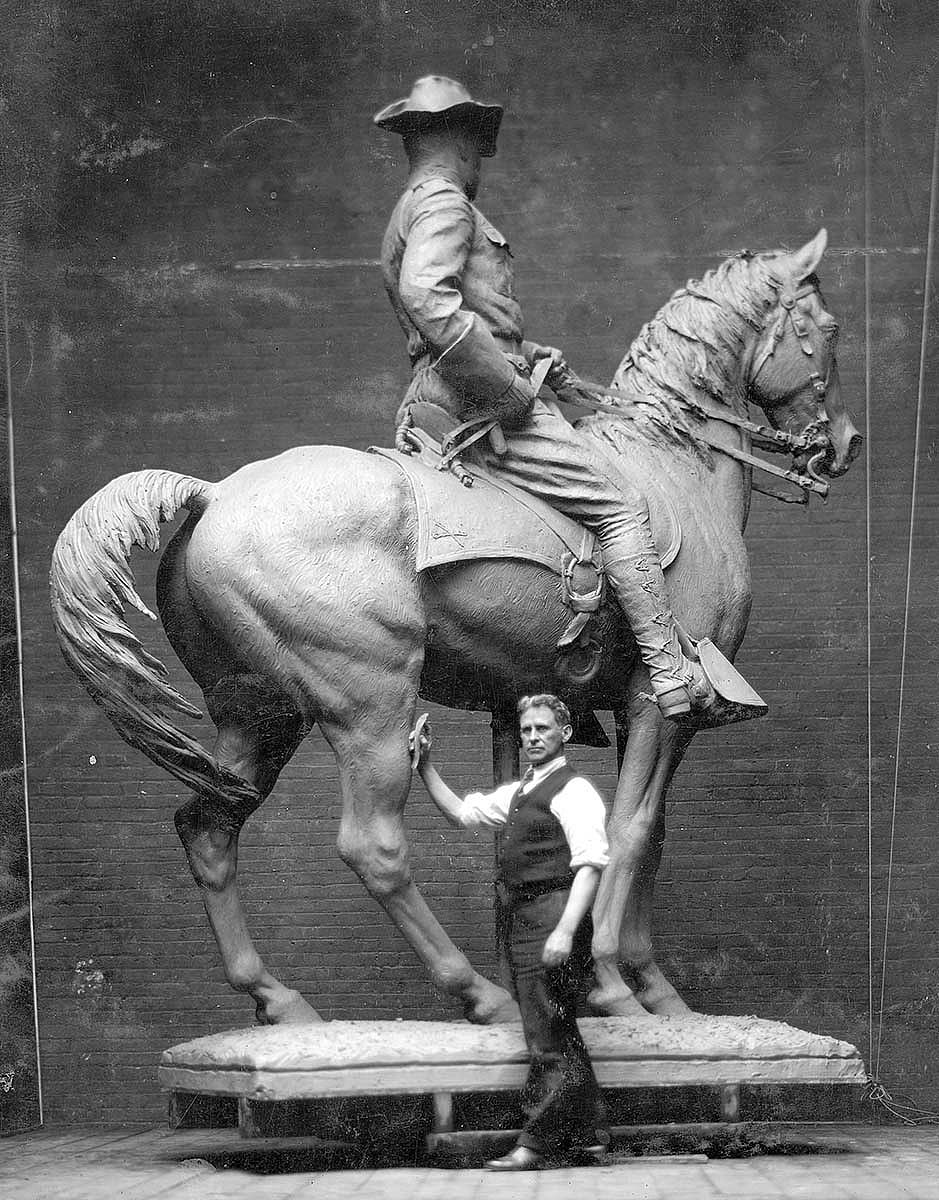
Q: Did Proctor actively market his own work?
A: Yes. In the winter of 1888, Proctor met noted New York art dealer N. E. Montross, who agreed to handle some of his paintings. Proctor termed the Chicago World’s Columbian Exposition in 1893 his “first big commission.” From there he started to gain attention and receive further commissions. Many of his commissions were from friends, fellow artists, and leaders, and through his growing reputation. He also entered competitions, winning many awards, and exhibited in solo and group shows throughout his career.
Q: Did Proctor have any encounters with the wildlife he sculpted?
A: Yes! Two of our favorite encounters involved a panther and an elephant. While studying in New York, Proctor visited the zoos to study the animals. One day he was sketching close to the panther’s cage when he carelessly turned his back to get better lighting. In that moment he felt sharp pains in his shoulder, turned around to see the cat’s foreleg stretched through the cage bars and blood dripping from its claws. Lesson learned: never turn your back on a wild four-legged model, even when caged!
Proctor was allowed to enter some of the animal enclosures at the zoo, with supervision. This included the elephants. The keeper needed to leave during a modeling session with the elephants. Upon finishing for the day, Proctor decided, rather than backing out at the front of the cage, he would walk between the elephants. This angered one of the elephants causing it to rush Proctor and let out a steamboat scream right in his face. According to Proctor, “it nearly blew his head off.” Lesson learned: always leave using the safest path, not the quickest! It would be several years before he cast the elephant in bronze.

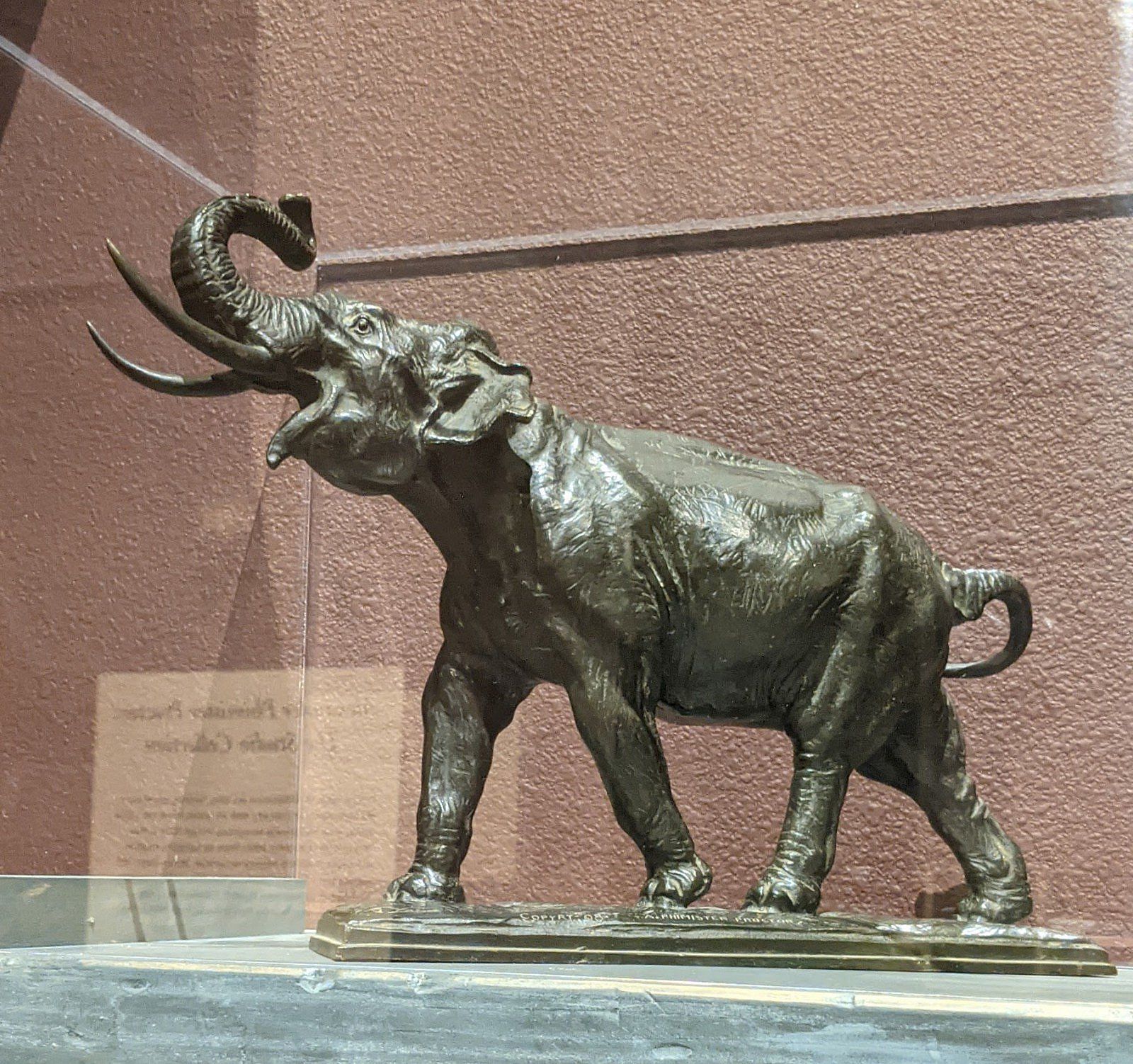
Q: Did Proctor have any formal training?
A: Yes, although he was predominantly self-taught during his early years. His father encouraged him to pursue a formal education in art. Proctor sold his homestead in 1885 to pursue formal art training in New York City, first studying painting, and later learning to sculpt animals and western subjects. He undertook formal training at the National Academy of Design and the Arts Student League in New York City, and traveled to Europe to continue his studies at the Académie Julian and the Académie Colarossi.
Q: How did Proctor’s work evolve throughout his career?
A: In addition to his skill as a sculptor, Proctor was an accomplished draftsman, painter, and printmaker. He often carried his sketchbook with him during his western adventures and would use these sketches as preparatory material. It was sculptor John Rogers who encourage Proctor to begin working in clay and making armatures. While studying in New York, Proctor sketched and modeled animals at the Central Park and Bronx Zoos. Like the ancient Greeks and Egyptians, Proctor made his own tools to increase his modeling control.
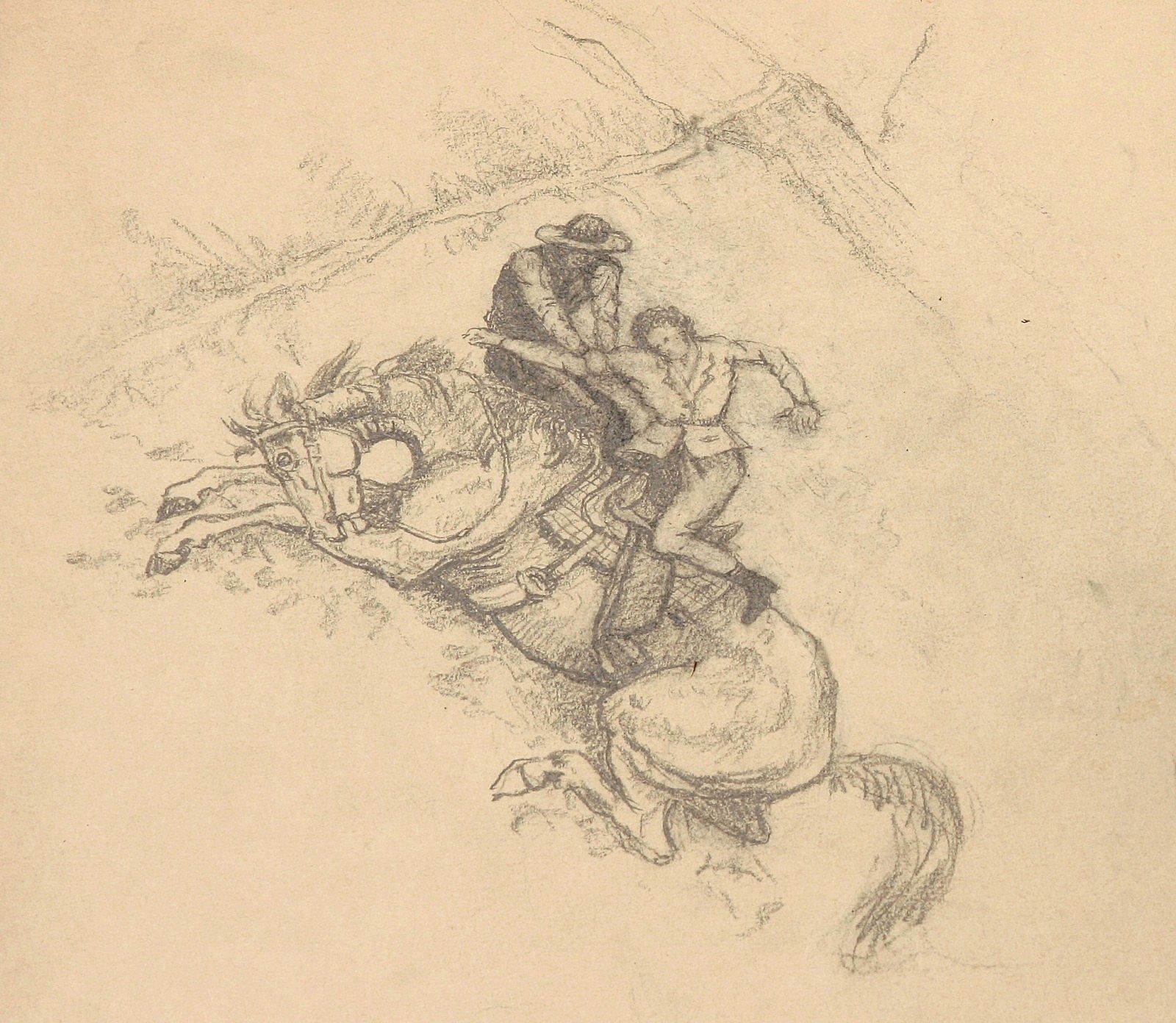
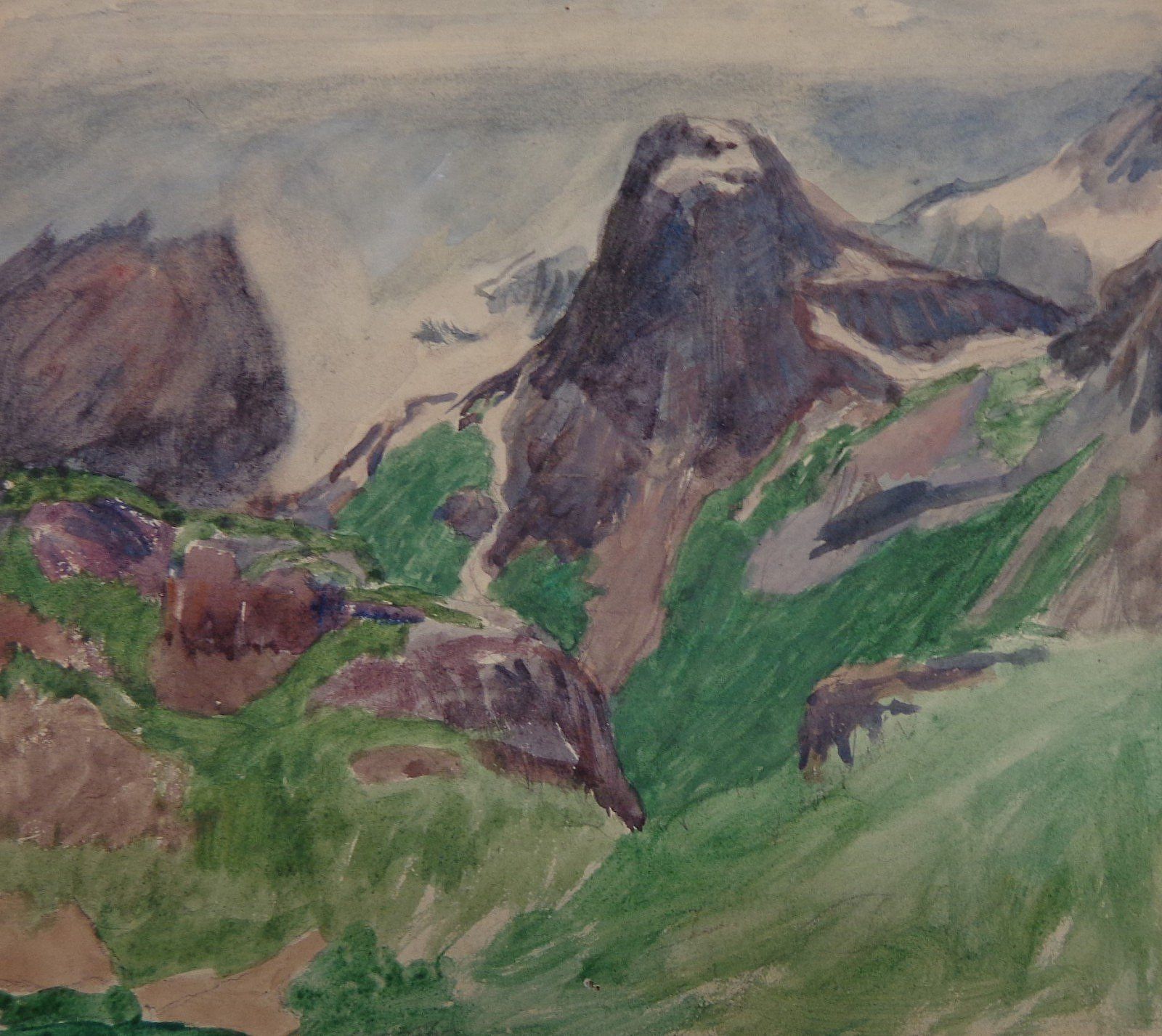
Q: Where did Proctor live?
A: Proctor was born in Canada in 1860 but moved with his family to the United States at the age of four, eventually settling in Denver, Colorado. Proctor traveled extensively not only to further his studies but also to fulfill commissions, satisfy his adventurous whims, and seek new, compelling subjects. He traveled throughout the United States, Canada, and Europe, but when the mountains of the West beckoned him, he answered their call whenever he could. After his wife passed away, he moved to California to spend his time with his daughter, Hester, and her family. Proctor died on September 4, 1850 in Palo Alto, California – a few weeks shy of his 90th birthday.
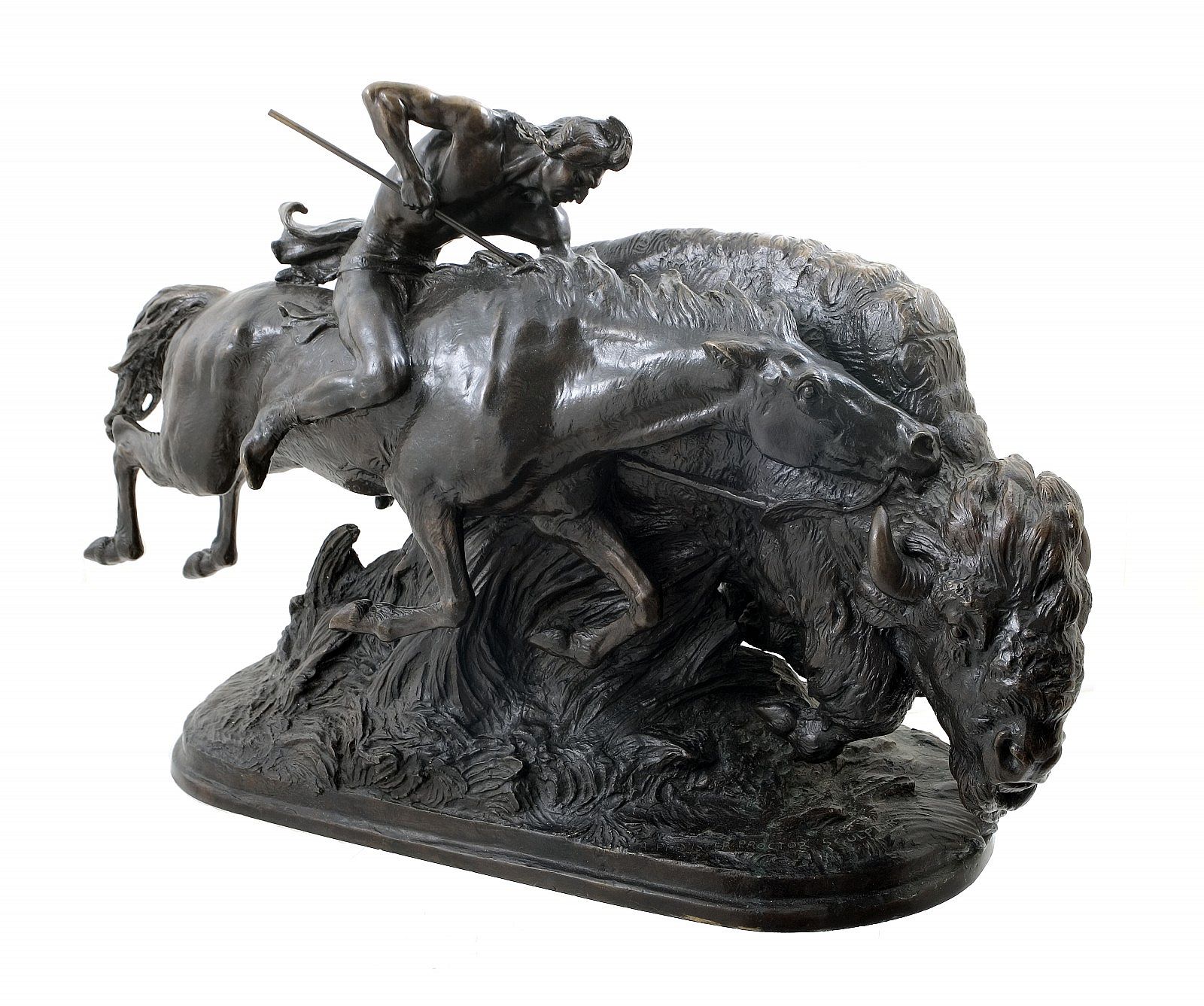
Q: What influenced and inspired Proctor’s art?
A: Proctor based his work on his experiences in the West. Hunting, fishing, and countless adventures inspired his sculpture, both monumental and small. He also looked to classical Greek statuary for inspiration. Many of his cohorts encouraged his art, and he often solicited advice from instructors and artist peers.
Q: Where can I learn more about Proctor’s works?
A: You can check out our Proctor website that examines eleven selected bronzes and provides a short biography here: https://proctor.centerofthewest.org/. You can also purchase several books that focus on Proctor through our Points West Market.
Written By
Nicole Todd
Nicole Todd was formerly the Curatorial Assistant for the Whitney Western Art Museum. She graduated from the University of Oklahoma, with bachelor’s degrees in Zoology and Art History, and a master’s degree in Art History, with a focus on western American art and a specialization in Will James’s art. As Curatorial Assistant, Nicole engaged in art historical research, supported educational programming, answered public inquiries, and contributed to the Whitney’s online presence.

